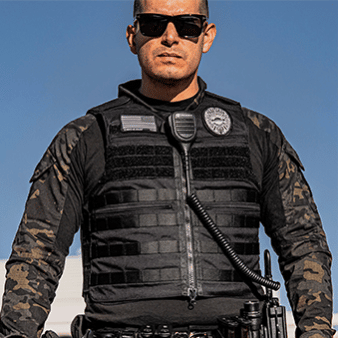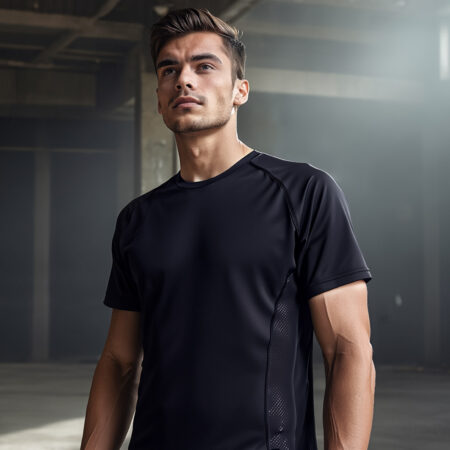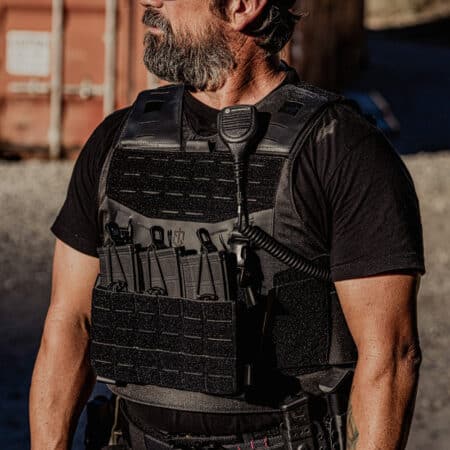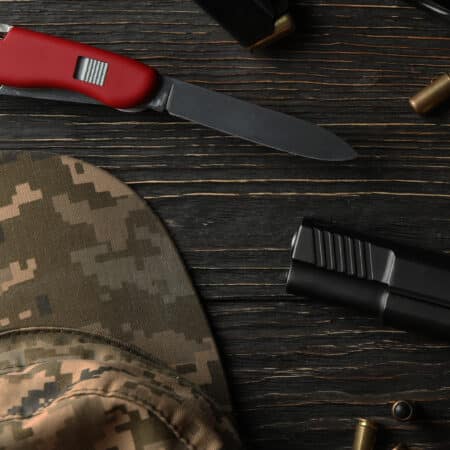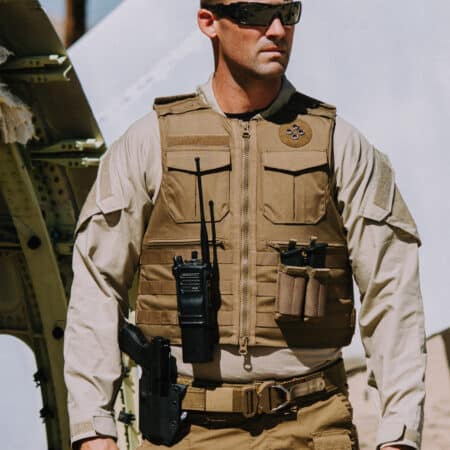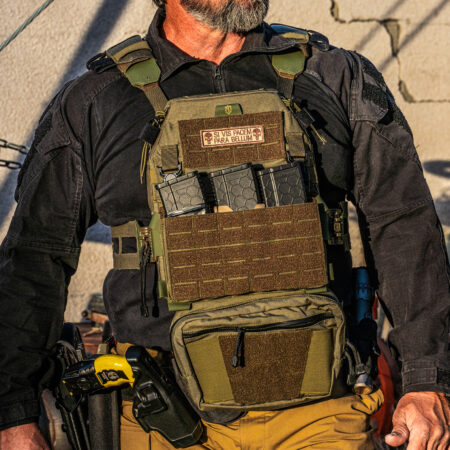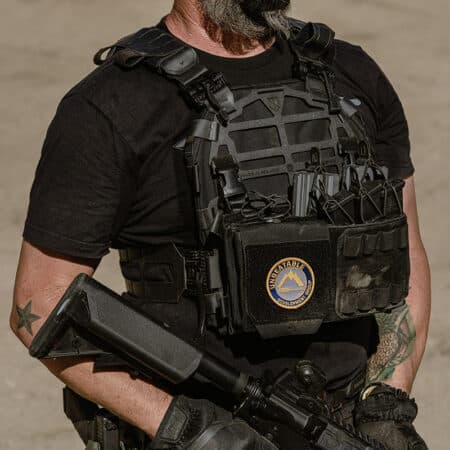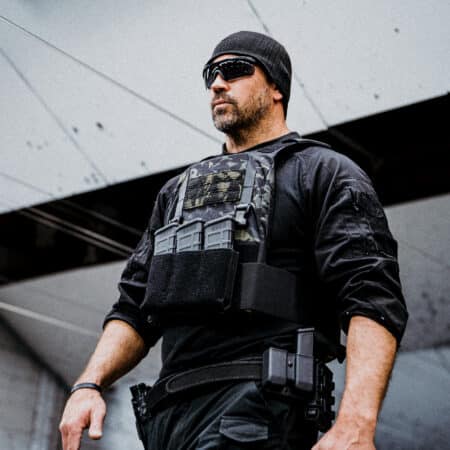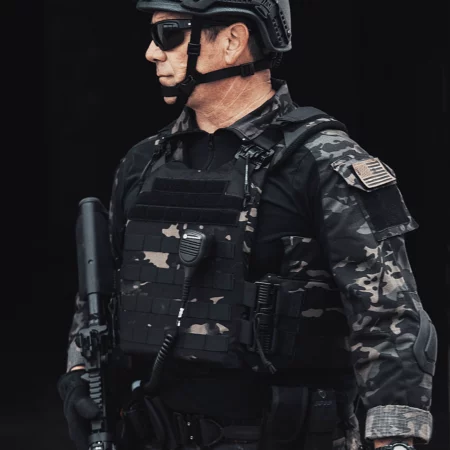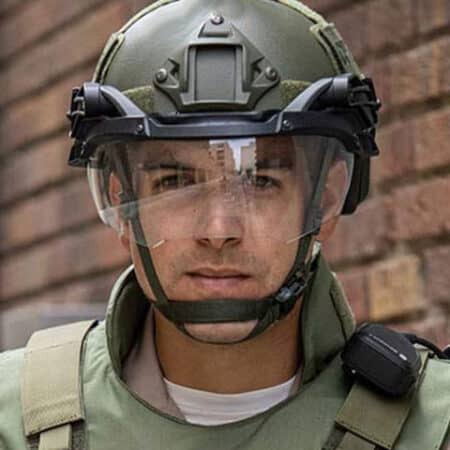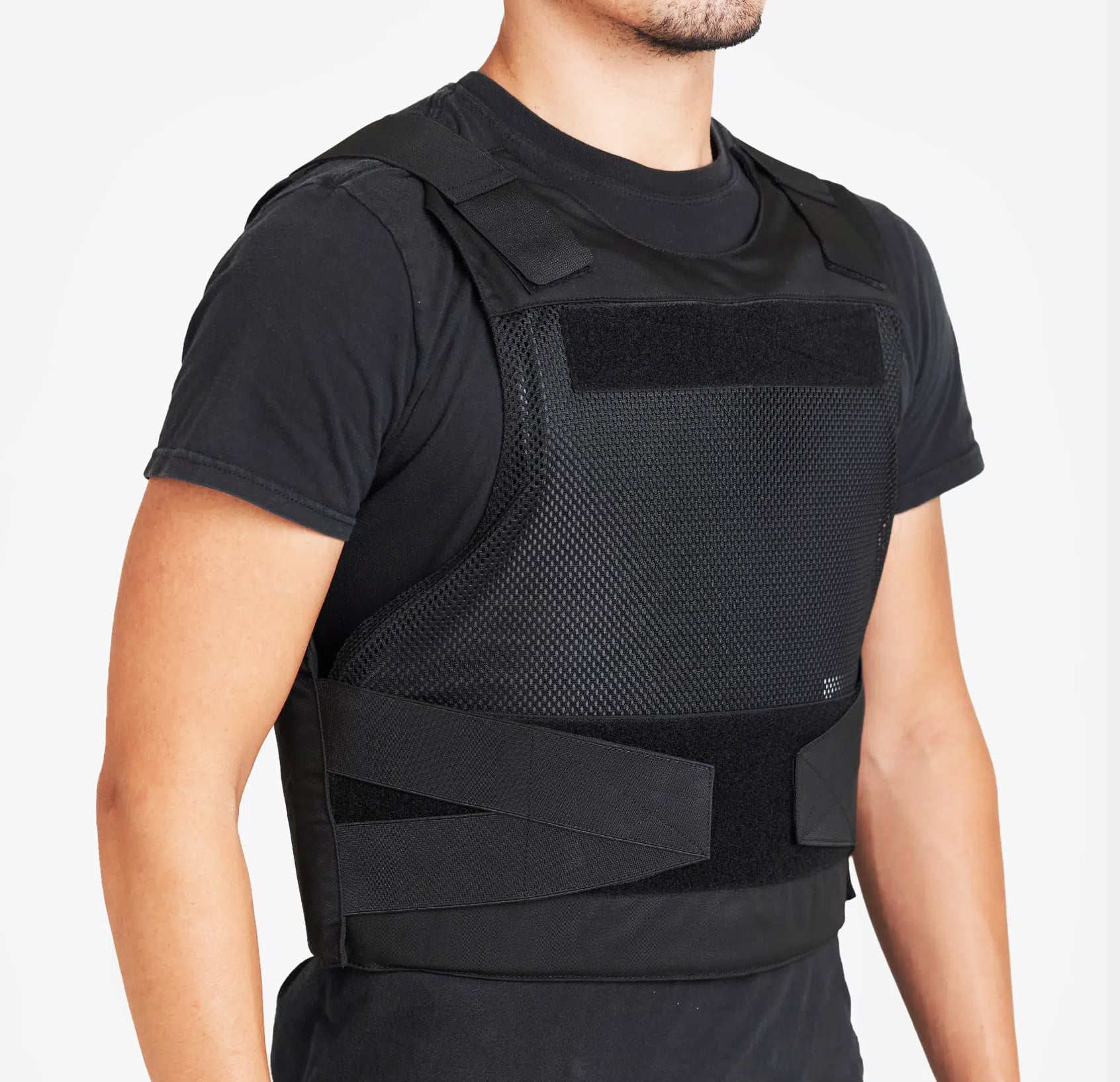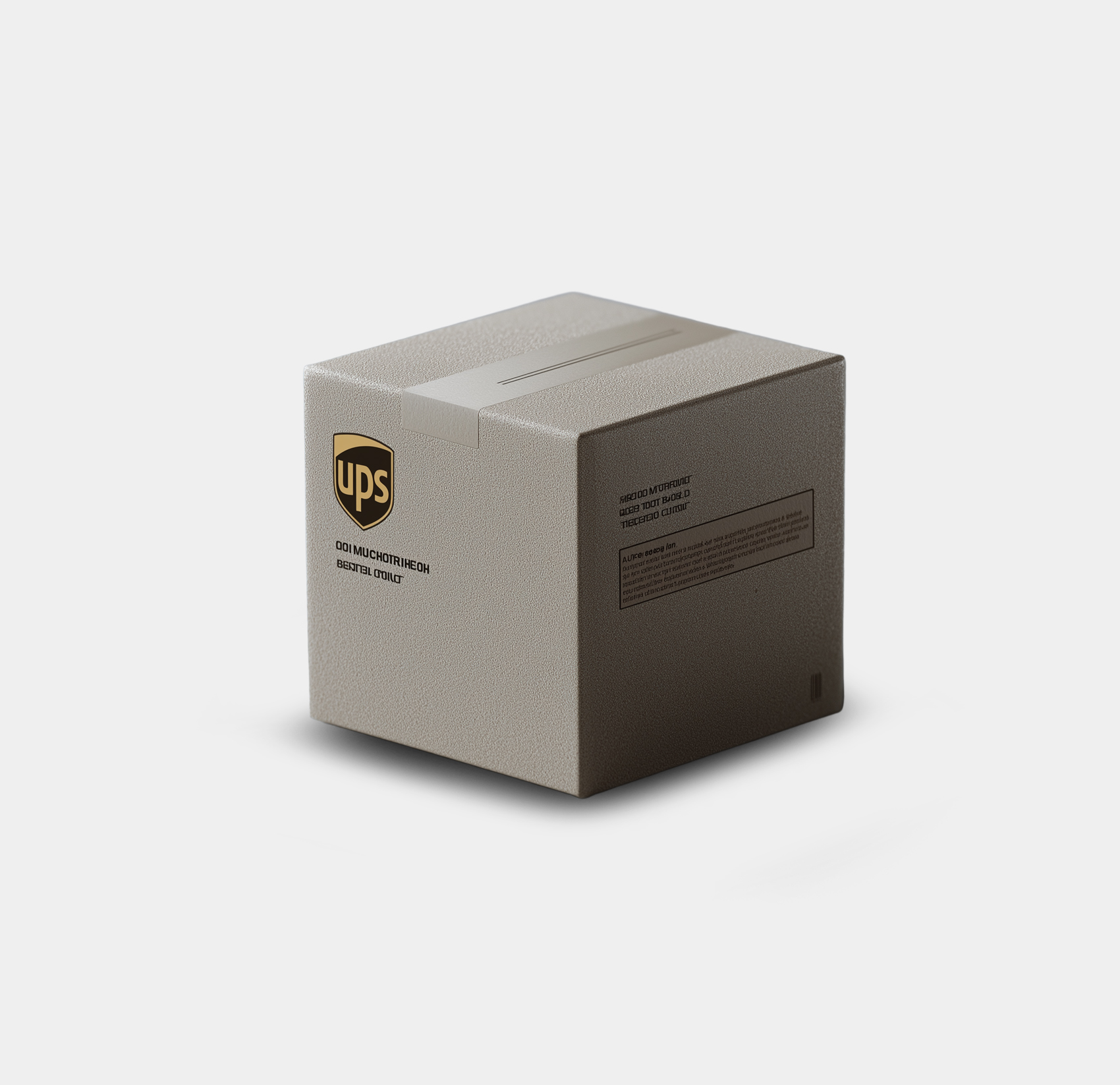Soft armor plays a vital role in the protection of Law enforcement officials, security personnel, and Civilians alike. However, how can you trust that a soft armor vest will actually live up to the standards that it claims? That is where the NIJ, or the National Institute of Justice comes in.
In the US, the NIJ is responsible for setting the industry standards for Body armor. Any manufacturer, who has NIJ Certification, has to employ rigorous testing standards to ensure the effectiveness of their armor.
Traditionally, the NIJ Standard 0101.06 determined these testing procedures and their corresponding protection Levels. However, With the introduction of the NIJ Standard 0101.07 by the National Institute of Justice (NIJ), there have been significant advancements and refinements in the standards for testing and rating body armor
So, today we will look at the concept of Handgun protection in the new NIJ.07 Era, and talk about the effectiveness of Soft Armor Vests
The Evolution of NIJ Standards for Soft Armor
Since 2008, the industry has been following the NIJ Standard-0101.06 for Ballistic Resistance of Body Armor, however, the NIJ Standard 0101.07 brings a lot of new changes and improvements in the way we manufacture and rate body armor.
Over the years, many improvements have been made in the manufacturing of body armor, for instance, the development of level III+ body armor, which isn’t an official NIJ Rating, but is an accepted industry standard for armor plates that offer better protection than Level III plates, but less than Level IV.
Similarly, when it comes to soft armor, the old NIJ Standard-0101.06 has levels that are now obsolete. For instance, very few manufacturers actually make level IIa or even level II armor anymore. Level IIIa armor has become lighter, thinner, and more flexible over the years, which had made lower levels almost obsolete.
So, the NIJ designed the new Standard 0101.07 to create a more suitable rating system for modern body armor.
Changes and Improvements Soft Armor Standards
Under the new standard, the NIJ has changed the naming conventions and the testing procedure of different armor levels. As far as soft armor is concerned, the NIJ standard 0101.07 only recognizes two protection levels.
They are HG1 and HG2, here is an explanation of these new armor levels.
NIJ Level HG1:
Similar to the traditional NIJ Level II, the NIJ HG1 protection level classifies armor that can stop common handgun threats. It is testes using 9mm FMJ RN and .357 Mag. JSP rounds. This level ensures basic protection against low-velocity handgun ammunition.
NIJ Level HG2:
The NIJ Level HG2 will be replacing Level IIIa and offers the same protection as Level IIIa armor. They are tested using high-speed 9mm FMJ Round Nose rounds and .44 Magnum rounds to ensure multi-hit protection.
Changes and improvements in Soft Armor Testing Procedures:
The New NIJ Standard has also introduced several enhanced testing procedures. These Procedures are designed to improve the overall effectiveness of body armor and cover testing gaps. For instance, one of the most prominent changes in the new standards is that conditioned, and unconditioned armor samples will be tested using the same bullet velocities. This will test the multi-hit capability of soft armor panels more effectively. It will also encourage manufacturers to develop soft armor that can take more hits, and keep you safe.
The new NIJ standards also recognize the need for specific body armor for women. So, for the first time, it introduces special testing procedures for female body armor. This includes completely redesigned testing targets and dummies, along with a new testing phase, where bullets are shot at the armor at different angles of incident to test for bullet deflection caused by the curves in soft body armor panels designed exclusively for women.
Lastly, the NIJ has introduced new ASTM (American Society for Testing and Materials) International testing methods and lab practices. These new testing practices are based upon direct input from the US Army and the National Institute of Standards and Technology [NIST] as well as ballistics experts, body armor manufacturers, materials scientists, and other stakeholders up and down the country.
Apart from these major changes, the NIJ has also made several other smaller improvements in the overall testing method. Ensuring that once these new testing standards are adopted, you can get better, more reliable, and effective soft armor panels.
Why is the market still using the Old standards?
Like any other change, introducing a new standard into a major consumer market takes a lot of time, effort, and resources. Though the new NIJ.07 standards have been out for a while now, the body armor industry still uses the legacy standards because the NIJ still hasn’t officially enforced these standards. However, according to the NIJ, consumers can expect to see body armor certified by NIJ to the 0101.07 standard sometime in 2025.
Conclusion
In conclusion, the NIJ 0101.07 standard marks a significant step forward in the evolution of soft armor vests, particularly in their effectiveness against handgun threats. With clearer categorization under the HG system and enhanced testing requirements, these vests provide individuals with robust protection in potentially life-threatening situations. As the industry continues to innovate and adapt to emerging threats, adherence to these standards remains paramount in ensuring the safety and security of those who rely on body armor for personal protection.


